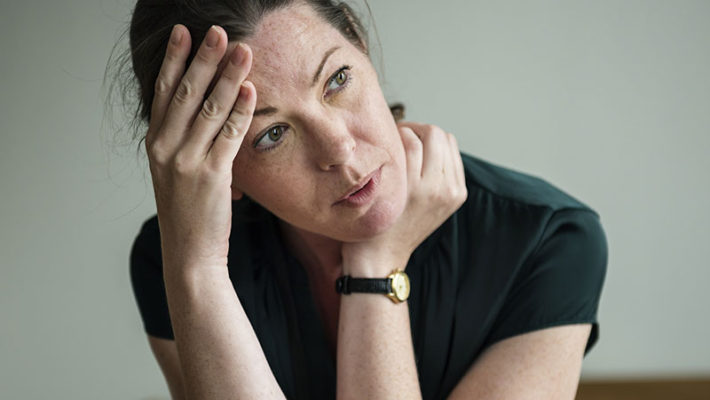This year, the Ontario Ministry of Education has designated November 17-23 as Bullying Awareness and Prevention Week. This designated week in Ontario is a good reminder for Registered Early Childhood Educators (RECEs) that children can experience exclusion in their relationships with their peers. As an RECE, you are in a unique position to support children to build and sustain friendships in environments that value inclusion.
What is bullying?
The Ministry of Education defines bullying as “a form of repeated, persistent and aggressive behaviour directed at an individual or individuals that is intended to cause (or should be known to cause) fear and distress and/or harm to another.”
RECEs work in a variety of practice settings with children who may be in situations that involve bullying. Bullying has the potential to adversely impact a child’s emotional, mental and physical health and safety, which can hinder their sense of belonging, self-esteem and relationships with their peers.
Through the lens of the Code of Ethics and Standards of Practice
Standard III guides you to create and maintain environments that support children’s learning and contribute to their sense of belonging. By becoming familiar with a variety of strategies that support cooperation and positive interactions among children, you can help them to develop coping skills, develop self-regulation skills and interact positively with others.
Standard IV reminds you of your responsibility to model professional values, beliefs and behaviours with children, families and colleagues. When you incorporate inclusion into the learning environment through supportive and respectful interactions, you work toward cultivating an environment of mutual respect.
If you witness bullying, it’s important to respond — don’t wait for a serious or harmful situation to arise to talk about bullying. It is critical for all children to know they are supported.
Practice scenario for self-reflection and discussion with colleagues to help you develop strategies to respond to bullying
Casey notices a child being singled out and excluded — how should she respond?
Casey is an RECE who works with school-age children in a before- and after- school program. Over the past few weeks, Casey has noticed several interactions among the children that she didn’t know how to respond to. For example, last week when Dexter asked if he could join a game, one of the children laughed and said: “You don’t know how to play this game, you’re dumb.” Casey stayed silent and hoped that Dexter would find another group of children to play with.
A few days later, some children were talking about a birthday party they were attending that weekend. When Dexter asked who was having the party, a child replied: “None of your business, we weren’t talking to you!”
Today, Casey overheard a number of children telling Dexter to go away saying, “We don’t want to play with people like you!”
She looked over at Dexter sitting on the couch, crying, and walked over to him. She sat down to ask if he was ok but he got up and walked away before she could speak. At the end of the day, she was tidying up the room and saw “We hate Dexter” written on the side of the bookcase. Casey then realized that she needed to work with her colleagues for support on how to handle this situation.
Reflective questions
Casey isn’t sure how to respond to the children. In your practice setting, how do you regularly promote and support children’s physical, emotional and mental safety and well-being?
- How would you have responded and intervened to support:
- Dexter who was being excluded by others?
- the children who were bullying Dexter?
- How
would you address this situation and involve:
- the children in your care?
- the families?
- colleagues?
- If you didn’t know how to respond in this situation, where would you turn for resources to support you?
Standard III says that RECEs work in partnership with children, families and colleagues to create safe, healthy and inviting environments that promote a sense of belonging, well-being and inclusion.
- How do you ensure that children and families feel a sense of security and belonging?
- What can you do to engage in preventative strategies like promoting cooperation, respect and friendship?
- How would you design or modify indoor and outdoor learning environments to support positive interactions among children?
Standard II says RECEs are knowledgeable about a variety of methods to monitor and evaluate the quality of learning environments.
- How do you evaluate, not only the physical quality of the space, but the social and emotional quality?
Make it part of your learning
The College’s Practice Guideline: Supporting Positive Interactions with Children outlines the importance of having a support system when developing strategies for your practice. Communicating with and involving colleagues and families can provide different perspectives and ideas that can be incorporated into your practice. Documenting your observations and communications can help you reflect on your practice by providing context and details when you bring your concerns to your colleagues, supervisor, and the children and families involved.
In addition to keeping the lines of communication open, it’s important to:
- Review your workplace policies on equity and inclusion.
- Research ways to build and sustain inclusive environments that are grounded in respect.
- Be proactive. Have ongoing conversations with children about emotions, feelings, respect and caring for others as a preventative approach.
- Discuss respect and inclusion openly among the children, ensuring that these discussions are foundational parts of your daily practice.
Supervisors can create opportunities for staff to discuss bullying prevention and intervention as well as the importance of supporting children, families and colleagues during challenging situations.
Remember: You’re not alone in this work — talk about bullying with your colleagues or a community of practice on a regular basis.
Looking for additional information on bullying? Check out the following resources from the Ontario government:
- Policy/Program Memorandum on Bullying Prevention and Intervention
- Mental Health (includes link to Open Minds, Healthy Minds)
- Ontario Ministry of Education: Supporting Minds



